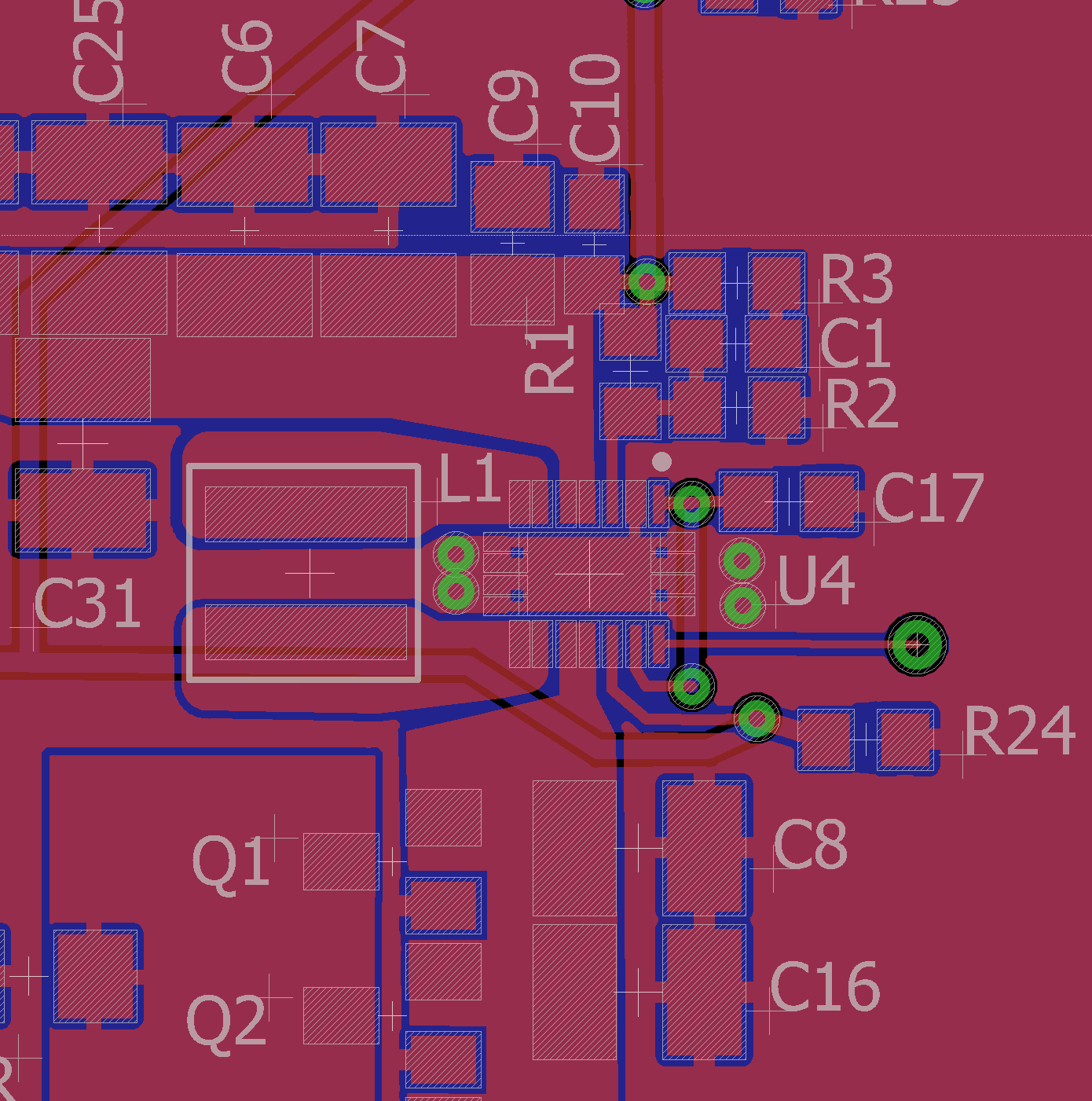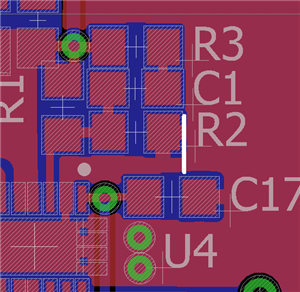Other Parts Discussed in Thread: TPS63070
I've had 3 TPS63020 parts running for several weeks in my prototypes without any problems.
First 10 boards of new production some are failing. Some run for hours other fail immediately.
Defective device L2 pin can be measured as almost 0 Ohm to GND.
Input Voltage is 3.3V to 5.5Volts
Output 5.4 Volts Load 1.5 Amps.
PCB layout is almost identical to EVM pcb.
Production code on original chips are different to the 10 with failures they all have the same production code.
Is there a known issue with TPS63020 ?



